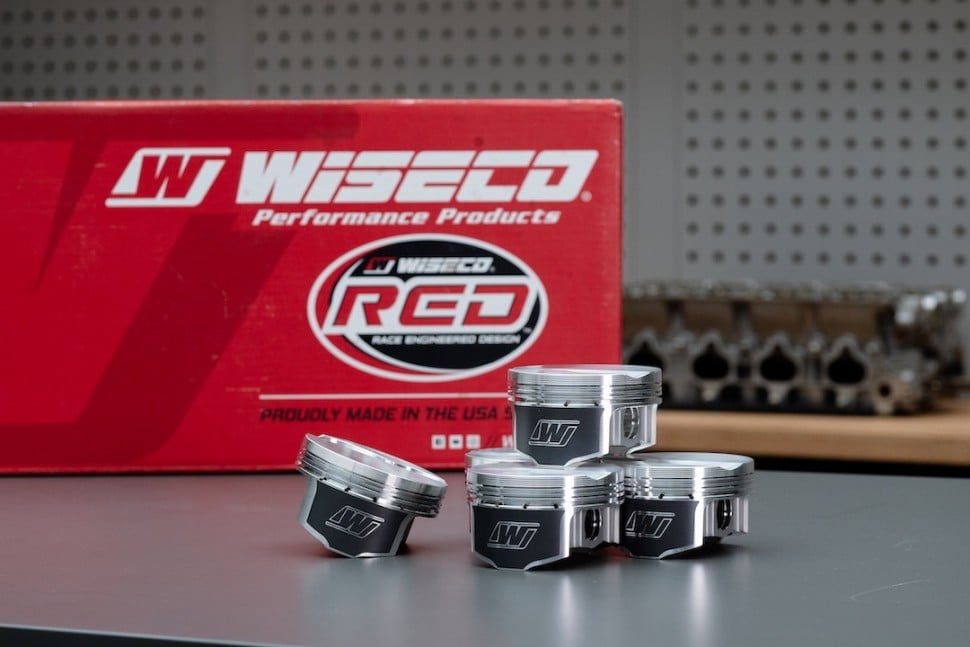| 00:00 |
- While increasing power is usually the main aim when tuning a diesel engine, there can also be some potential to see some improvements in fuel economy which is never a bad thing.
|
| 00:09 |
There's a lot of confusion around where these economy gains come from and how much improvement you can expect so I want to be clear up front that the sort of gains we might see are very much dependent on your driving style.
|
| 00:19 |
Particularly just after tuning your vehicle, there's a natural tendency to explore that new power and drive with a heavier foot than you might normally use.
|
| 00:26 |
As we've already discussed earlier in this course, that extra power under wide open throttle operation comes from increasing the fuel delivery.
|
| 00:33 |
So it should be no surprise that under heavy load, the tuned engine's going to use more fuel, not less.
|
| 00:38 |
With this in mind, you should be able to understand that any economy gains you might see are only going to show up at cruise and medium load.
|
| 00:45 |
This means that when you're trying to assess the effects of your tune on economy, it's important to be specific in the way you drive which I'll touch on shortly here.
|
| 00:53 |
When it comes to achieving economy improvements, we can potentially see small improvements by making changes to the injection timing map since the stock map will normally be quite retarded in the cruise areas in order to reduce NOx emissions.
|
| 01:05 |
Advancing the timing in these areas may offer a small improvement in economy but typically it's so small that it's difficult to detect without a dyno.
|
| 01:12 |
The bigger problem with emissions regulated engines is that they will have NOx sensors fitted to them and they'll often trigger a fault code if you make almost any changes to the stock timing map.
|
| 01:23 |
Volkswagen's diesel gauge saga's widely publicised instance of an OE manufacturer cheating emissions in order to provide improved fuel economy to their customers.
|
| 01:32 |
This involved modifications to the injection timing coupled with reducing EGR operation at cruise.
|
| 01:37 |
The effect of reducing the EGR operation is that it reduces soot accumulation in the DPF, meaning that fewer regen cycles are required.
|
| 01:44 |
The reason that this improves fuel economy is that extra fuel is injected during a regen cycle in order to increase the heat in the DPF and burn off the accumulated soot.
|
| 01:53 |
Reducing the frequency of regen cycles means that less fuel is consumed in order to perform the regens.
|
| 01:59 |
These options are not going to be viable of course if you hope to meet emissions laws and keep your engine legal.
|
| 02:04 |
In general, our biggest improvements in terms of fuel economy will actually come from tuning of the shift points rather than tuning the engine calibration specifically.
|
| 02:13 |
What we want to do here is aim for a lower average engine RPM for a given road speed which in turn results in less fuel consumption.
|
| 02:21 |
This can be particularly noticeable in diesel trucks that are regularly used for towing heavy loads.
|
| 02:26 |
While access to the transmission mapping is obviously useful if you want to make specific changes to the shift points, often this will actually come as a consequence of changing the fuel delivery in the engine calibration.
|
| 02:36 |
This is partly because the shift strategy is based around the driver's throttle position and if we increase the fuelling then the driver will need less throttle input to produce the same amount of engine torque and this in turn will effectively lower the shift point.
|
| 02:50 |
There's a limit to how early we can make the transmission shift before we hurt drivability though so some care is required.
|
| 02:56 |
For example, if we shift up a gear and place the engine too low in the RPM range at a point where it's not producing enough torque to maintain a constant road speed, this will require the driver to increase the pedal effort which may cause an abrupt downshift.
|
| 03:10 |
So there's a fine line we need to tread here.
|
| 03:12 |
I'd suggest making small changes to the shift point and testing the results in order to optimise the tune for economy.
|
| 03:17 |
The most accurate way of testing real world fuel economy improvements is to perform a road test before and after tuning.
|
| 03:23 |
This should be done on the same stretch of road and ideally under similar environmental conditions.
|
| 03:28 |
In particular, you want to ensure the engine's up to operating condition prior to commencing your test.
|
| 03:32 |
While cruise control is actually not the most economical way of driving, if your vehicle has this, then I'd suggest using it for you economy testing as it removes the human factor and for all intents and purpose, should respond the same on each test, each way.
|
| 03:45 |
When testing for economy, it's really important to maintain a routine.
|
| 03:49 |
Same driver, same road, same throttle inputs, same environmental conditions.
|
| 03:55 |
A few miles or a few kilometres often won't be enough for a true gauge on your changes.
|
| 03:59 |
I'd suggest tracking consumption over at least a full tank of fuel used during routine driving for a proper test.
|





